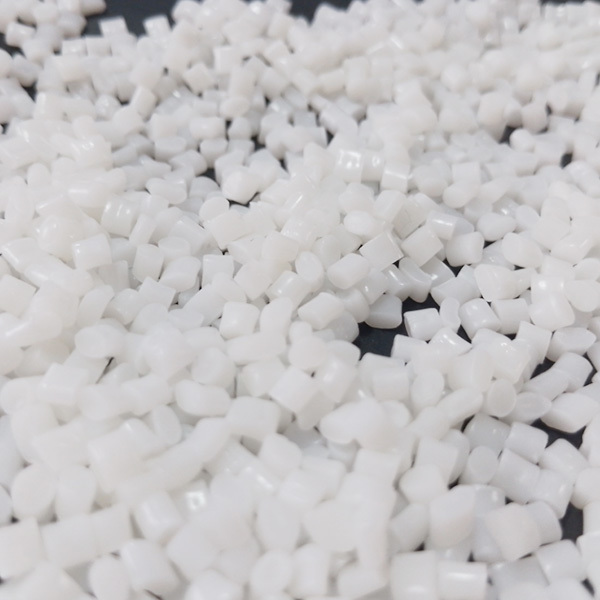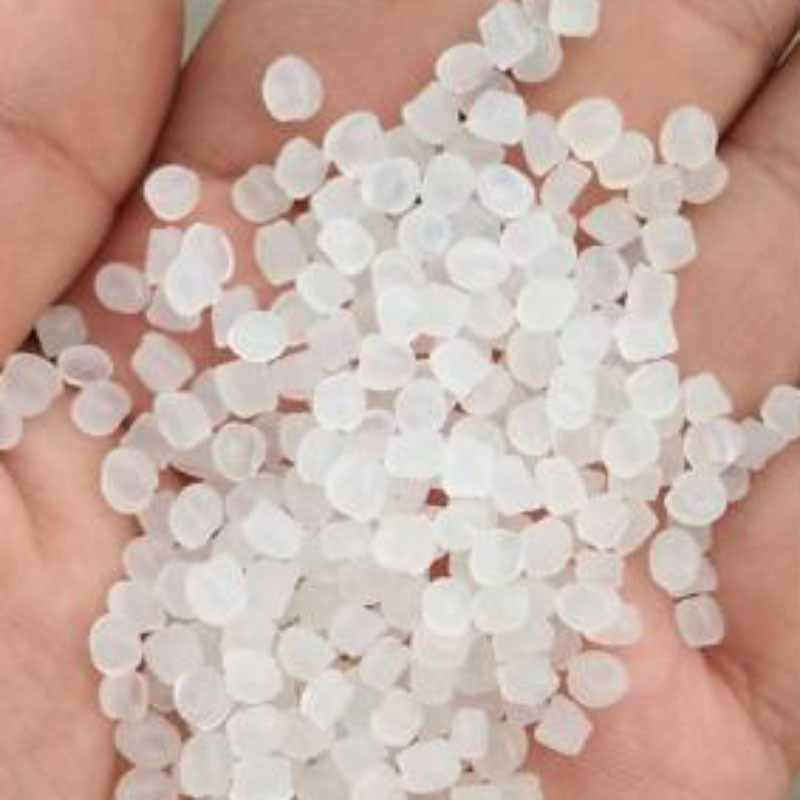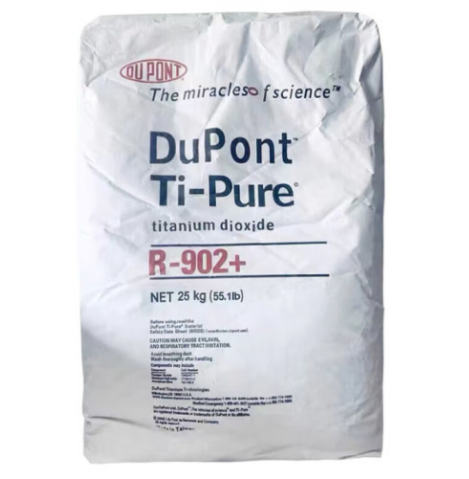Exploring the Versatility and Applications of ABS Plastic Raw Material
Release Time:
Jul 08,2025
Acrylonitrile Butadiene Styrene (ABS) is a thermoplastic polymer that combines strength, durability, and ease of processing, making it a popular choice in many industries. As a plastic raw material, ABS offers a range of beneficial properties, making it suitable for diverse applications, from consumer goods to automotive components. One of the key characteristics of ABS is its excellent impact res
Acrylonitrile Butadiene Styrene (ABS) is a thermoplastic polymer that combines strength, durability, and ease of processing, making it a popular choice in many industries. As a plastic raw material, ABS offers a range of beneficial properties, making it suitable for diverse applications, from consumer goods to automotive components.
One of the key characteristics of ABS is its excellent impact resistance. This property makes it ideal for products that require robustness and durability. For instance, ABS is commonly used in the manufacturing of protective gear, toys, and electronic housings, where the ability to withstand physical stress is paramount. Additionally, ABS's good tensile strength ensures that it can hold up well under various conditions, reducing the likelihood of cracking or breaking.
Another significant advantage of ABS plastic raw material is its ease of processing. It can be easily molded and extruded, allowing for precise shaping and design flexibility. This characteristic is particularly advantageous in sectors such as automotive manufacturing, where specific component shapes and sizes are critical. The ability to produce complex geometries with ABS enhances the design potential for engineers and designers, allowing for innovative product development.
Moreover, ABS is known for its excellent surface finish, which is crucial for applications where aesthetics matter. The material can be easily painted, glued, and processed, allowing for a high-quality appearance in final products. This makes ABS a preferred choice in the consumer electronics industry, where appearance and tactile quality are essential for market competitiveness.
In addition to its mechanical properties, ABS also exhibits good thermal stability and can withstand higher temperatures, making it suitable for applications in environments that may experience heat exposure. This thermal resilience expands its usability in sectors such as household appliances and automotive parts, where heat resistance is crucial.
Sustainability is becoming a growing concern in the plastics industry, and while ABS is not biodegradable, it is recyclable. This means that used ABS products can be reprocessed and utilized in new applications, contributing to a more sustainable lifecycle for plastic materials.
In conclusion, ABS plastic raw material stands out due to its versatility, durability, and processing ease. Its applications span multiple industries, making it a vital material for professionals seeking reliable and high-performance plastic solutions. Understanding the properties of ABS can help businesses innovate and enhance their product offerings while addressing the need for durability and aesthetic quality in their designs.
One of the key characteristics of ABS is its excellent impact resistance. This property makes it ideal for products that require robustness and durability. For instance, ABS is commonly used in the manufacturing of protective gear, toys, and electronic housings, where the ability to withstand physical stress is paramount. Additionally, ABS's good tensile strength ensures that it can hold up well under various conditions, reducing the likelihood of cracking or breaking.
Another significant advantage of ABS plastic raw material is its ease of processing. It can be easily molded and extruded, allowing for precise shaping and design flexibility. This characteristic is particularly advantageous in sectors such as automotive manufacturing, where specific component shapes and sizes are critical. The ability to produce complex geometries with ABS enhances the design potential for engineers and designers, allowing for innovative product development.
Moreover, ABS is known for its excellent surface finish, which is crucial for applications where aesthetics matter. The material can be easily painted, glued, and processed, allowing for a high-quality appearance in final products. This makes ABS a preferred choice in the consumer electronics industry, where appearance and tactile quality are essential for market competitiveness.
In addition to its mechanical properties, ABS also exhibits good thermal stability and can withstand higher temperatures, making it suitable for applications in environments that may experience heat exposure. This thermal resilience expands its usability in sectors such as household appliances and automotive parts, where heat resistance is crucial.
Sustainability is becoming a growing concern in the plastics industry, and while ABS is not biodegradable, it is recyclable. This means that used ABS products can be reprocessed and utilized in new applications, contributing to a more sustainable lifecycle for plastic materials.
In conclusion, ABS plastic raw material stands out due to its versatility, durability, and processing ease. Its applications span multiple industries, making it a vital material for professionals seeking reliable and high-performance plastic solutions. Understanding the properties of ABS can help businesses innovate and enhance their product offerings while addressing the need for durability and aesthetic quality in their designs.
Keywords:
You Can Also Learn More About Industry Trends






